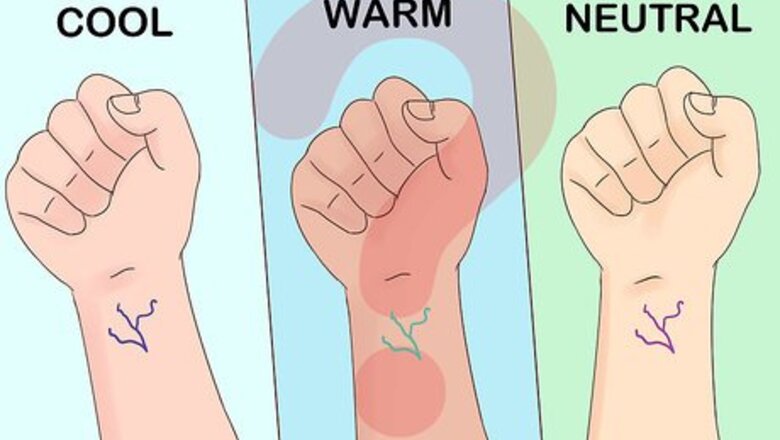
views
Choosing a Shade of Red
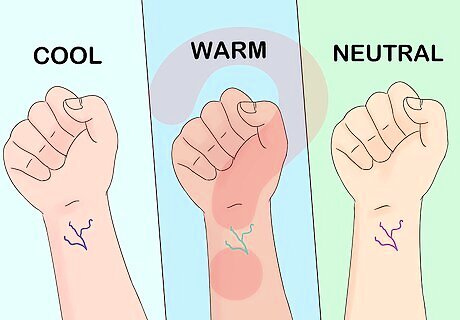
Determine your skin tone. Your skin tone has a big impact on what colors looks best on you, so it’s important to know what type you have before choosing a shade of red. Skin tones tend to fall into three categories: warm, cool, and neutral. People with warm skin tones have yellow, peachy or golden undertones and tend to tan more easily. The veins on their inner arms appear green. Those with cooler skin tones have pink, red or blue undertones and usually burn under the sun. Their veins appear bluish under their skin. Neutral skin tones have a mix of warm and cool undertones, and will sometimes burn before they tan. If you can’t tell whether your veins look green or blue, you may have a neutral skin tone.
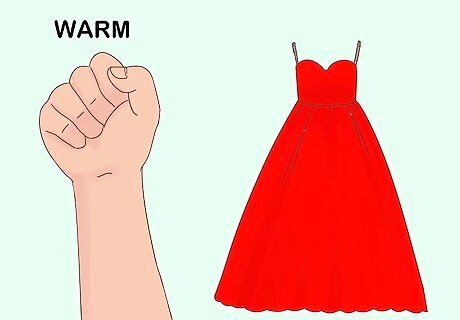
Wear a bright red if you have a warm skin tone. The golden hues in your skin will shine through with a bold, orange-tinged shade of red, like candy apple, scarlet, vermillion, and bright coral.
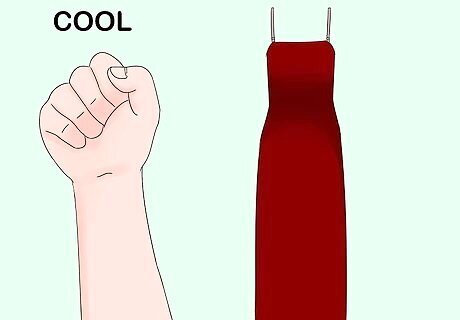
Choose a darker red if you have a cool skin tone. Offset the lighter undertones in your complexion with richer shades of red, like cranberry, burgundy, maroon and brick.
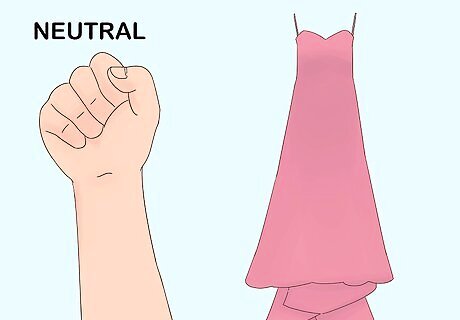
Experiment with warm and cool shades if you have a neutral skin tone. Neutral skin tones have double the options, so try a mix of shades to determine what’s most flattering. Neutral skin tones will often glow when offset with a soft rose color, or a dark blush.
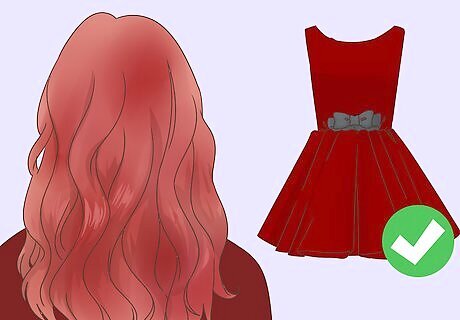
Look for a shade of red that contrasts with your hair color. This is especially important if you have red hair. Redheads should look for a shade that is as different from their hair color as possible. For example, if you have bright red hair, stick to a darker red. Darker auburn tones, instead, can try brighter reds. For people with blond, brunette or black hair, the shade of red that complements your skin tone should pair nicely with your hair as well, but it’s good to test it to make sure.

Test sample shades against your hair and skin tone. To see if a shade will look good on you, find a sample of it on the Internet or in a magazine. Hold it up to your hair and look in the mirror, using your best judgment to decide if it looks good.

Choose an appropriate color for your event. Rock your red dress at an event where it’s appropriate to make statement, like a red carpet event, school dance, or night out. Avoid wearing a bright red dress for a formal black tie event, where it might seem ostentatious or attention-seeking. Subtler, darker shades of red, like wine or crimson, are more acceptable for formal events than brighter colors. Save brighter orange-red colors, like scarlet or candy apple, for a semi-formal dinner out or a friend’s birthday party.
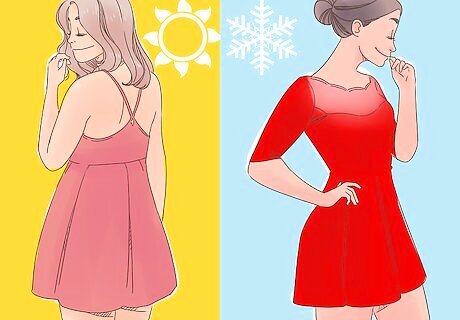
Choose a seasonal color. Brighter shades of red-orange and lighter hues like red blush are more popular during spring and summer, while fall typically brings about more rust-colored shades. A rich or cranberry-infused red is always popular in winter and around the holiday season. Dress for the season, or break out an off-season color to stand out even more.
Choosing a Dress Style

Choose an appropriate style for your event. Before you start looking for a style for your body type, think about when and where you’ll be wearing this dress and what styles will be appropriate. Make sure the dress isn’t too short, tight, or low-cut for your purposes, and make sure it’s not too formal or too casual. For example, a short red sundress might be fine to wear to the beach with friends, but could be too revealing or casual for a wedding. For events where conservative styles are encouraged, like a church service or family party with young children and older relatives, look for dresses that hit your knee or just above it and have a higher neckline and thick straps. Save your revealing or low-cut styles for nights out with friends. Refer to your event’s dress code, if it has one. School dances usually have strict rules to follow, and even parties often suggest a
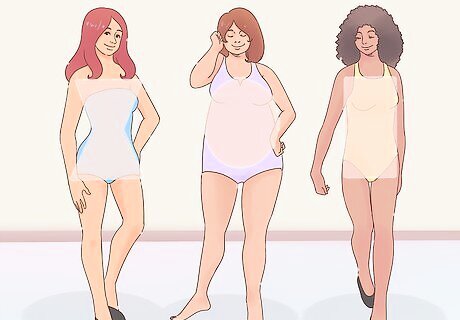
Determine your body type. Knowing what kind of body you have will help you decide what dress styles will be most flattering on you even before you try them on, saving you time in the store. Apple body types are “top-heavy,” with a bust that is wider than the hips. Pear body types are bottom heavy, with hips that are much wider than the bust. Straight or rectangular body types are characterized by a waist that is about the same width as the bust and hips, forming a straight silhouette. Muscular or athletic body types sometimes fit into this category. Hourglass body types have the same width in the bust and hips, with a narrow waist.

Look for an empire or swing dress for an apple body type. The best styles for apple body types will emphasize your legs and smooth out your abdomen. This high-waisted dresses will make your legs look long and lean while flowing over your midsection for a smooth, flattering effect, with the added fun of a flirty, twirly skirt.
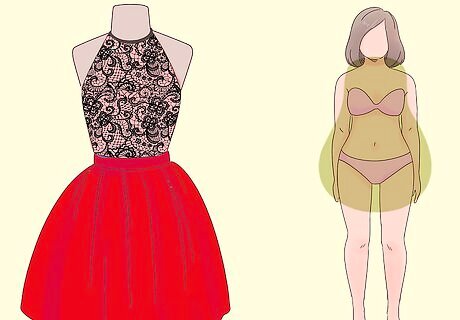
Choose a fit-and-flare or halter-neck A-line dress for a pear body type. The tight upper half of a fit-and-flare will hug your thin waist and minimize your lower half, while preserving your curves. An A-line dress with halter straps has the same downplaying effect on your lower half, while showing off your arms, shoulders and bust.
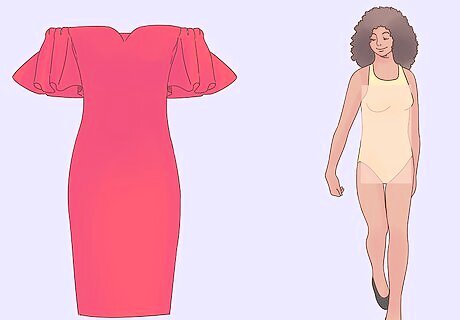
Opt for a ruched, empire, or off-the-shoulder dress for a straight body type. Look for styles that create curves by nipping in at your waist or flowing out into a full skirt. A ruched dress will highlight the curves you have, while an off-the-shoulder dress with a flared skirt will widen your shoulders and hips to create an hourglass shape. An empire-waisted dress will create a flattering, high-waisted look.
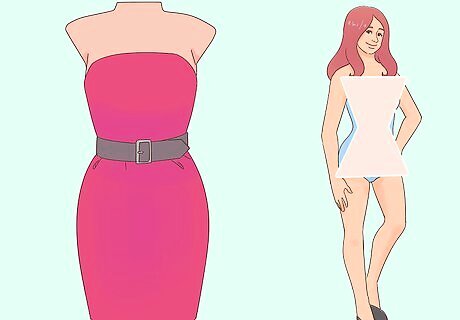
Look for a belted, strapless, or A-line dress for an hourglass body type. For an hourglass body type, find dresses that emphasize your natural curves but aren’t too loose or tight. Dresses that cinch at the midsection will highlight your small waist while tastefully maintaining your curvy bust and hips. Wide-strapped A-line dresses balance your shoulder with your hips, while strapless dresses elongate your neck and chest with a sweetheart neckline.
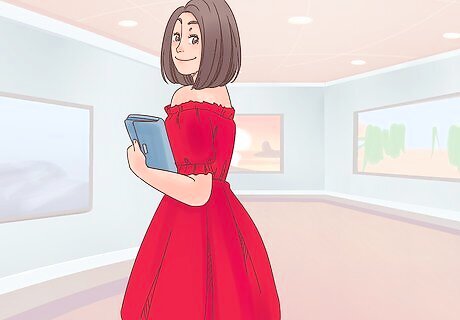
Choose a style you like and feel comfortable in. No matter what traditional style advice might recommend, use your own instincts to decide what looks and feels good on your body. A dress that makes you feel beautiful will make you look beautiful!
Purchasing Your Red Dress
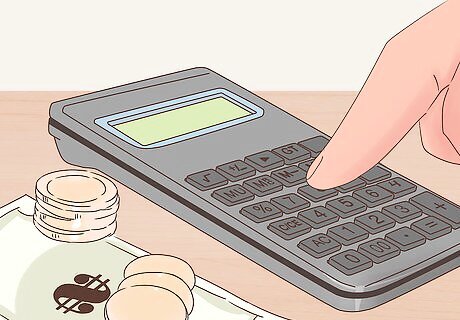
Set a budget before you start dress-shopping. Formal dresses will be more expensive no matter where you get them, so decide on a realistic price before you set foot in the store or start searching online.
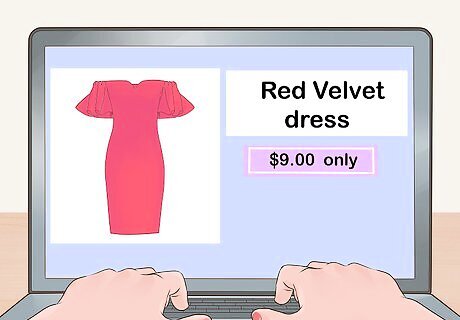
Shop online for a cheaper, wider selection. Check out online retailers and have your dress shipped right to you, often for a lower price than in the store. Know your measurements, check the retailer’s size charts and read customer reviews before you order. Bear in mind that colors often look different on-screen than in-person, and that the dress may not look the same on you as it does on-screen. Check the retailer’s return policy before you make your purchase, in case you need to return your dress.

Go to a high-fashion boutique for a fancier, better-made dress. Small boutiques will probably be more expensive and may have a smaller selection, but their products will probably be better made. Store employees are often knowledgeable in fashion and can act as an impromptu stylist if you need tips on what looks good.

Visit a larger department store for a bigger selection. Department stores sell a larger variety of styles, often for a cheaper price, although the dresses may not be as well-made or stylish. Store employees may still be able to help you make style decisions, though their knowledge might not be as specialized. Check the for-sale racks for even better deals, although the styles might be out of season.

Bring along friends for a second, honest opinion. Ask them to be honest; you don’t want someone who will just tell you what you want to hear. Say, “I’d rather have you tell me if a dress looks bad than figure it out for myself the first time I wear it!”
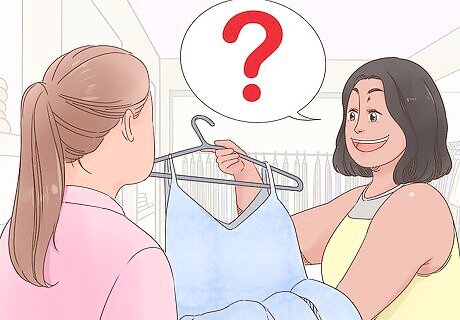
Ask for assistance from the store clerks. If you’re not sure what color or style to choose, or need help deciding between a few options, ask for a store employee’s professional opinion. They’ll be less biased than your friends, and often have enough fashion knowledge to be able to steer you one way or the other.
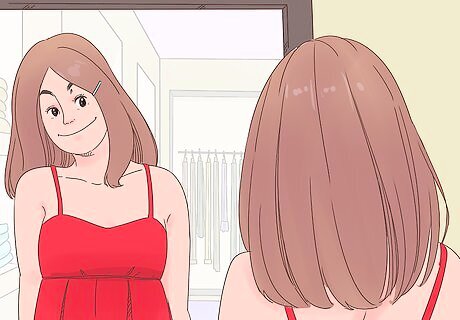
Try on a dress even if you’re not sure that it’ll suit you. If you love the look of a dress even if it doesn’t seem like the right style or shade of red for you, try it on anyways. If it looks great, you can buy it; if it doesn’t, you’ll be able to move on to other choices without feeling hung up on one option.
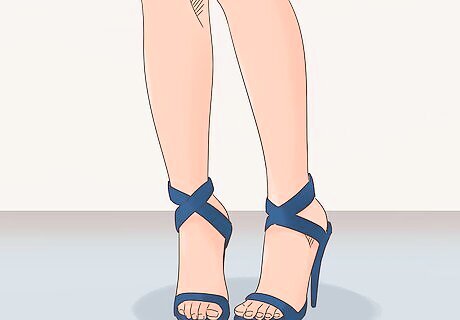
Try on dresses with the shoes you want to wear with them. If you already know you’ll be rocking a pair of heels or boots with your red dress, go ahead and bring them along to see how the dress will look with the extra inches of height. If you haven’t chosen your shoes yet, grab a pair that can stand-in for the overall effect. Maybe you haven’t found the perfect pair of nude heels yet, but your black ones will work just fine to give you an idea of the completed look.




















Comments
0 comment